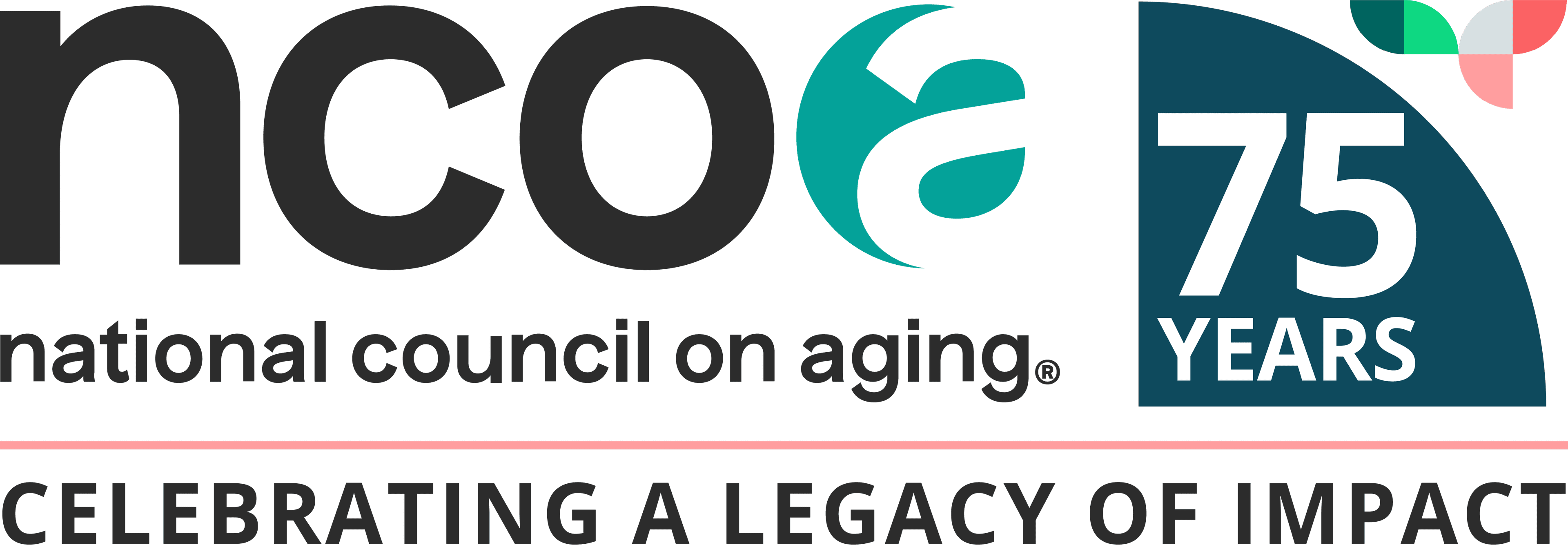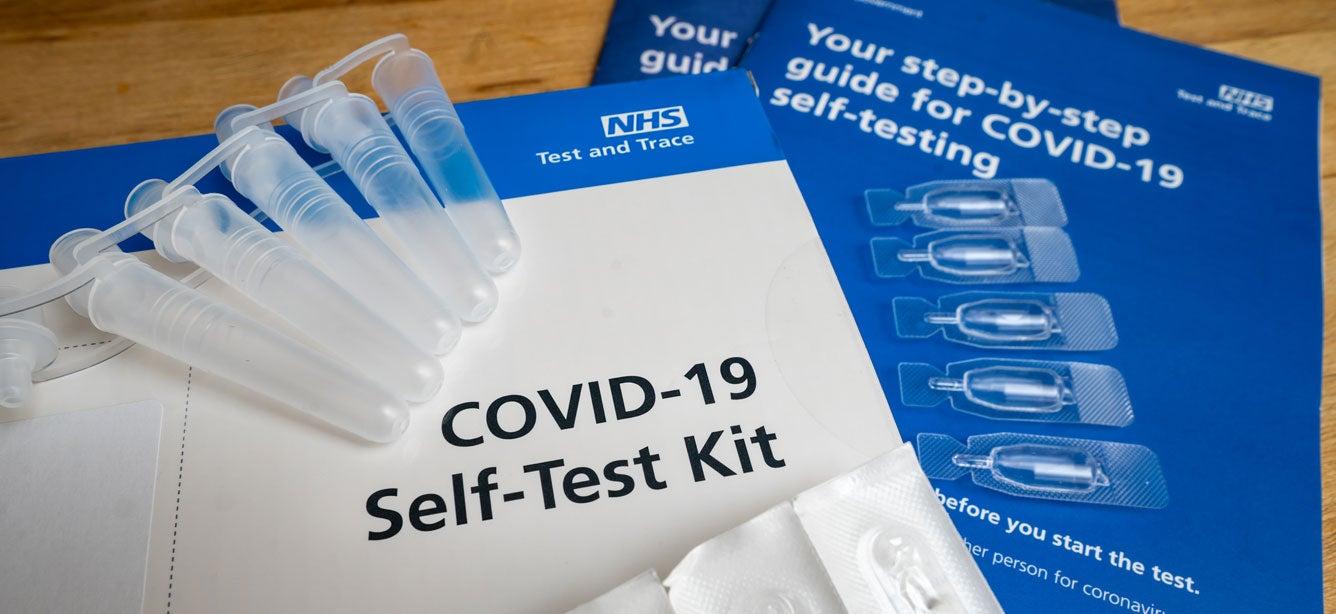
Related Topics
Shingles, or herpes zoster, is a serious viral infection that primarily affects older adults. It's triggered by the reactivation of the varicella-zoster virus (that’s right—the same virus responsible for chickenpox) and typically produces a blotchy, blistery red rash.
Known for its painful symptoms, and potentially severe complications, shingles is a notoriously miserable experience that no one wants to repeat. That’s why a common question among those who've had it is, “Can I get shingles more than once?”
While it’s unlikely you’ll get shingles twice, it is possible. Let’s take a look at how common recurrences are—and why they happen.
Are you immune to shingles after having it?
Unfortunately, having shingles does not make you immune to it. Although a prior shingles episode may boost your immune system's response to the varicella-zoster virus, it does not guarantee lasting immunity. The virus remains dormant in your nerve tissues and can reactivate later on, especially if you have certain risk factors.
What are the chances of getting shingles twice?
Most adults only experience one episode of shingles, but recent studies show that roughly 1.2% to 9.6% of people may have a recurrence. This percentage is even higher in those with weakened immune systems—up to 18%.1
What triggers shingles to come back?
The odds of getting shingles twice are directly tied to how well your immune system works. Since immunity naturally weakens with age, older age (50+) can make you more vulnerable to developing another infection.
Other factors that can impact shingles recurrence include:
- Being biologically female (women are slightly more likely to develop shingles than men)
- Having one or more chronic health conditions (e.g., heart disease, high blood pressure, diabetes, HIV)
- Having an autoimmune disease (e.g., lupus, rheumatoid arthritis)
- Development of shingles in the eye during a previous shingles infection
- Severe pain during an initial shingles infection
- Undergoing treatments that suppress the immune system (e.g., radiation or chemotherapy treatment for cancer)
- High levels of stress and anxiety
If you previously had a shingles episode with intense pain—or you developed postherpetic neuralgia (PHN) that lasted 30 days or more—you’re also more likely to get shingles again. PHN is a common complication of shingles. One study found that about 12.5% of patients (age 50+) experience PHN three months after the initial infection—and occurance increases with age.2
How can I prevent a recurrence of shingles?
To prevent a second infection, it’s critical to get vaccinated. “Wait a minute,” you might be saying. “Do I need a shingles vaccine if I already had shingles?” The answer is yes. Even if you've had shingles before, getting vaccinated can help prevent future episodes.
“The most effective way to reduce the risk of shingles and its recurrence is through vaccination with Shingrix, plain and simple,” said Kathleen Cameron, former Senior Director of NCOA’s Center for Healthy Aging. “The vaccine reduces the chances of the virus reactivating and causing an outbreak. And if you do get another shingles infection, it makes complications like long-term nerve pain less likely.”
Shingrix is highly effective, with protection lasting for several years. According to Centers for Disease Control and Prevention (CDC) data, Shingrix was 97% effective in preventing shingles in adults age 50 to 69 with healthy immune systems. In people age 70 and older, the vaccine was 91% effective.3
CDC recommends the shingles vaccine for adults age 50 and older and immunocompromised people age 19 and older. Shingrix is given in two doses, typically two to six months apart. Side effects are generally mild and temporary and may include soreness at the injection site, muscle pain, and fatigue.
Since a weakened immune system is a major factor in developing shingles, practicing healthy lifestyle behaviors may also help reduce your chances of developing an infection.
Follow these guidelines from CDC to boost your immunity:
- Eat a balanced diet rich in fruits and vegetables, whole grains, lean protein, and low-fat dairy products. Learn how to make healthier food choices as an older adult.
- Maintain a healthy weight. Explore these tips for managing your weight as you age.
- Incorporate physical activity into your daily routine. Discover 5 ways to kick-start your exercise motivation.
- Get enough sleep (7 to 9 hours if you're age 61-64, or 7 to 8 hours if you're age 65+). Get 6 sensible sleep tips for older adults.
- Avoid smoking and limit your alcohol consumption. Learn how alcohol affects us as we age.
Where can I get a free shingles vaccine near me?
Shingrix is available at most doctor's offices and pharmacies. You don’t need a prescription to receive the shingles shot. Even better, if you have Medicare Part D, Medicaid, VA benefits, or nearly any type of private health plan, it should cost nothing to get your vaccine. Check with your insurance provider to be sure.
“Most insurance programs are covering [Shingrix] because it has been out long enough and shows a real benefit,” Dr. Eugene Fellin, a family medicine physician, told Penn State News. “There’s a lot of misinformation about vaccines circulating out there. My message is this: Don’t be afraid of this or any vaccine.”
Find a vaccination site near you at Vaccines.gov.
What should I do if I think I have shingles again?
As you may have experienced with your previous infection, shingles typically starts with pain, itching, or a tingling sensation on the skin around one side of your torso or face. A few days later, you may see a chickenpox-like rash emerge in that same spot. Along with the signature shingles rash, you may have a fever and/or chills, a headache, or stomach issues.
If you suspect a shingles recurrence, it's important to talk to a health care provider right away. Early treatment with antiviral medications like acyclovir, valacyclovir, or famciclovir can reduce the severity and duration of the outbreak. Additionally, over-the-counter pain relievers (e.g., Advil), oatmeal baths, cool compresses, and soothing lotions like calamine can help ease your discomfort.
In the meantime, to avoid infecting others with the shingles virus:
- Wash your hands often throughout the day (for at least 20 seconds).
- Do not scratch the rash, since this can spread the virus to surfaces (or to other people).
- Do not share personal items like towels, clothing, and linens.
- Keep your rash clean and covered with a bandage or clothing.
- Avoid high-risk people like pregnant women, newborn babies, and immunocompromised people until your rash has crusted over.
For more tips to help you age well, visit our Health & Wellness resource library.
Sources
1. Raunak Parikh, et. al., Herpes Zoster Recurrence: A Narrative Review of the Literature. Dermatology and Therapy. March 14, 2024. Found on the internet at https://pubmed.ncbi.nlm.nih.gov/38416279/
2. Harriet J. Forbes, et. al. A systematic review and meta-analysis of risk factors for postherpetic neuralgia. Pain. December 23, 2015. Found on the internet at https://pmc.ncbi.nlm.nih.gov/articles/PMC4685754/
3. Centers For Disease Control and Prevention (CDC). Shingles (Herpes Zoster) - Shingles Vaccination. Found on the internet at https://www.cdc.gov/shingles/vaccines/index.html





